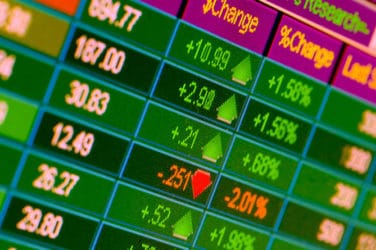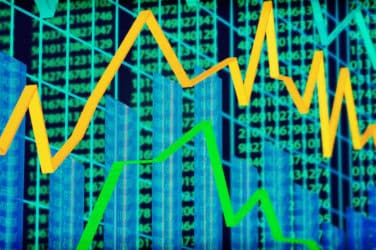Changes to trading-halt mechanisms were the bill of fare for the August 2 meeting of the SEC’s Equity Market Structure Advisory Committee.
A report from its market quality subcommittee was the latest round of market structure reform proposals presented to the full committee, which, if adopted, would be recommended to SEC staff. EMSAC previously voted to approve the recommendations from its Regulation NMS and trading venue regulation subcommittees at its April 26 meeting.
The market-quality subcommittee proposed several market structure tweaks that, if enacted, would eliminate many trading halts generated by the market-wide circuit breaker or the Limit Up/Limit Down mechanisms for individual issues.
From a market-wide perspective, the subcommittee suggested widening the circuit breaker’s bands from 7% to 10%, noting that when trading approaches the initial band, it only adds additional sell pressure to the market.
James Angel, associate professor at Georgetown University’s McDonough School of Business, started a lively discussion when he proposed using a stock’s opening price instead of its closing price for the auction that would re-start trading after a halt. “Using the opening price would benefit from the overnight futures trading and the pre-open trading done by professional traders,” he said.

Joe Mecane, Barclays
However, Joseph Mecane, managing director, global head of electronic equities product at Barclays, responded that the stocks that trade before the market opens are “too random” of a collection of issues and “does not provide a good picture where the prices take place.”
After further discussion, Angel stated with the advancements in the LULD mechanism that the market-wide circuit breaker had outlived its usefulness since the circuit breaker was designed to give traders a chance to catch up, but that is no longer the situation. “If the market is under stress, it doesn’t need the additional stress of not knowing whether the market will reopen,” he added.
Angel further suggested that rather than each self-regulatory organization implementing the market-wide circuit breaker in its own fashion that the SEC should have the SROs implement it is the same manner the limit up/limit down mechanism via Plan NMS or a SEC filing and “not through 16 separate SRO filings.”
The subcommittee also proposed replacing the LULD’s re-opening auction, which suffers from a dearth of participants, according to Eric Noll, CEO of Convergex Group and the subcommittee chair.
Instead, the subcommittee proposed a process similar to that used in the futures market where instead of triggering a trading halt, it would cause a two-minute monitoring period where trading would continue at the limit price. If the limit condition continues after this period, the stock would move to a pre-open state, where no matching of orders would be allowed but traders could enter modified orders or cancel existing ones. After, the end of the two-minute pre-open state, trading would resume.
Venu Palaparthi, senior vice president, compliance, regulatory, and government affairs at Virtu Financial and who attended the committee meeting, approved the proposal.
“Anything that halts the markets, we view as a ‘ctrl-alt-delete’ rather than a refresh,” he explained. “On August 24, 2015 there were 773 trading halts, which is a lot of rebooting. To extend the limit state would be very useful.
The subcommittee also proposed including a means-reversion capabilities into LULD’s price bands, which would prevent a stock from creating a second trading halt as it returns to is original pricing level as well as harmonizing and aligning each SRO’s Clearly Erroneous rules with LULD’s price bands.
“No one can argue against harmonizing rules across the exchanges,” added Palaparthi. “Price discovery is not limited to a single exchange.”
For more on Market Structure:





